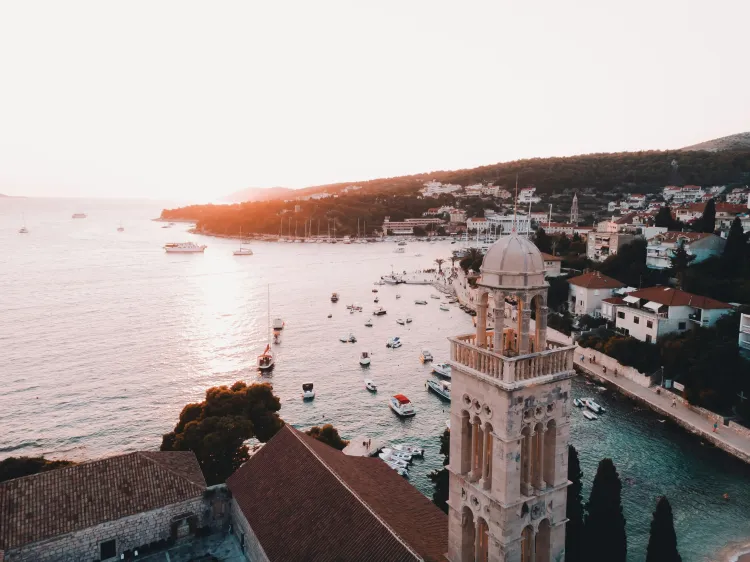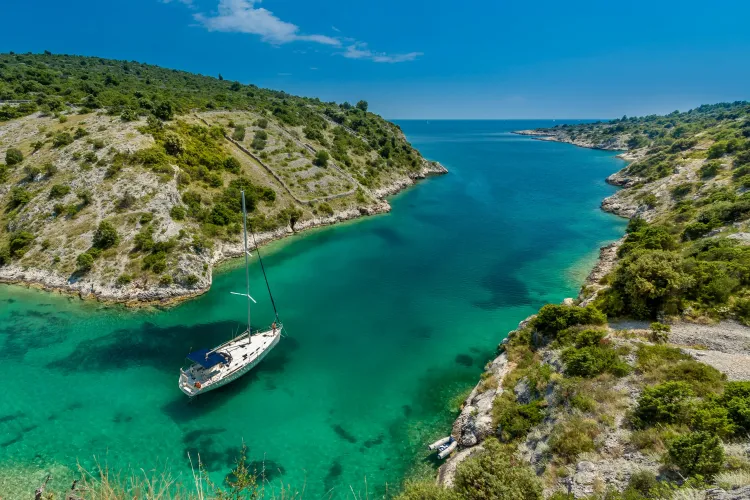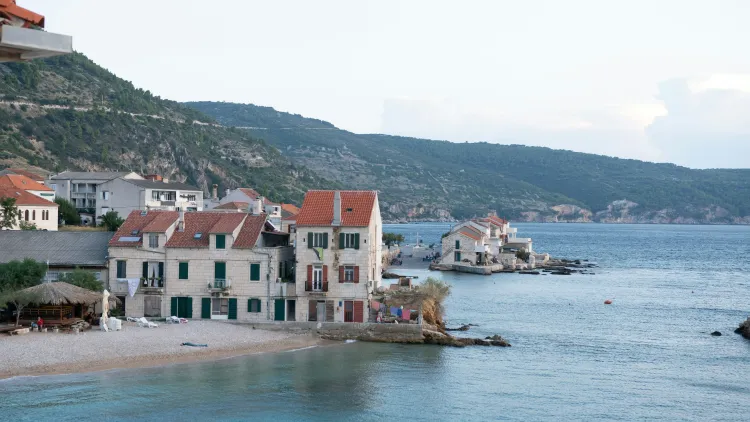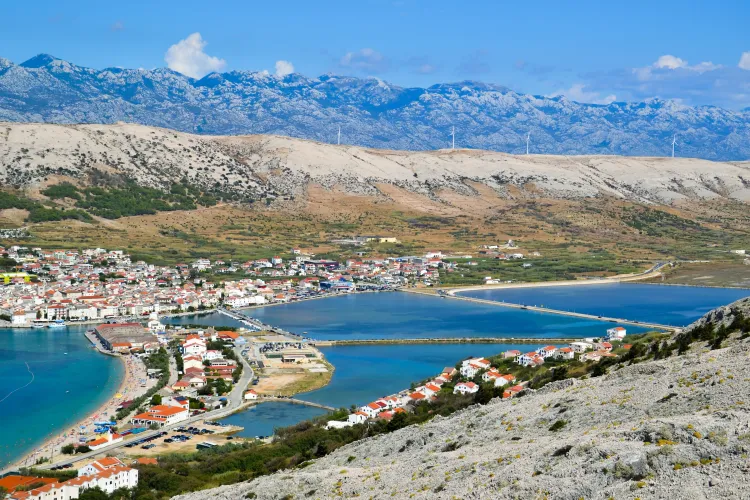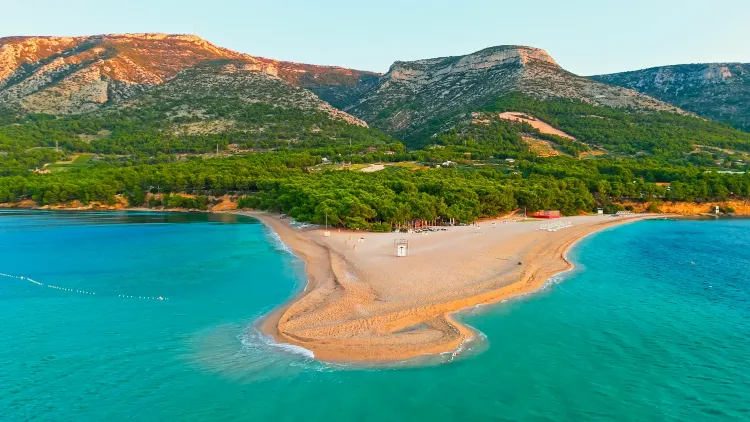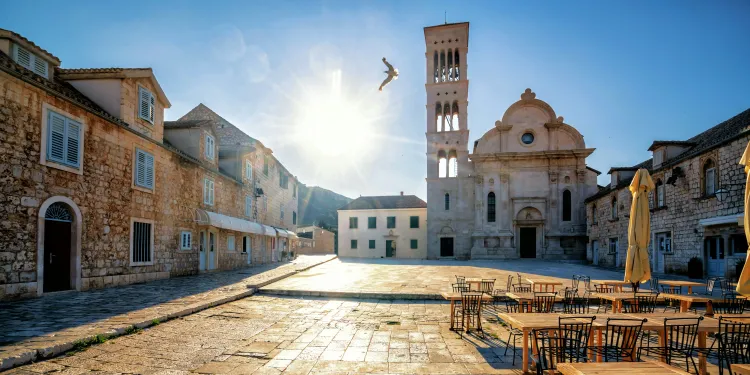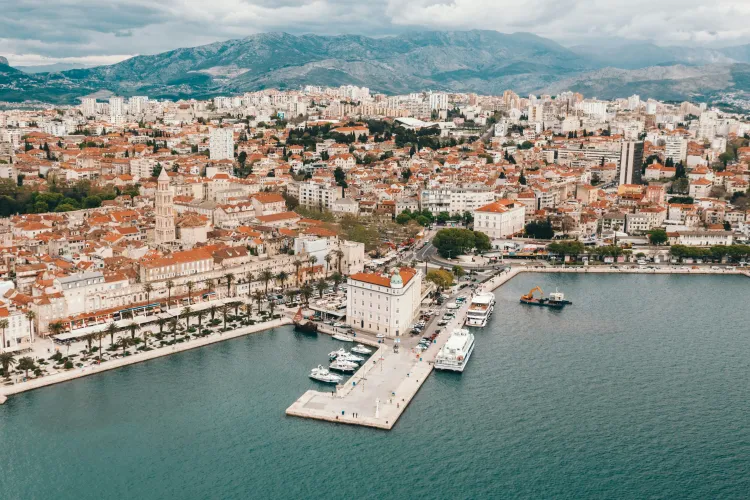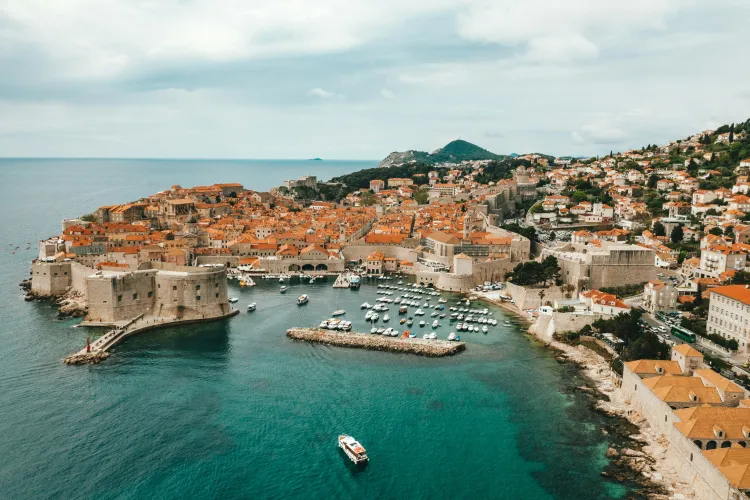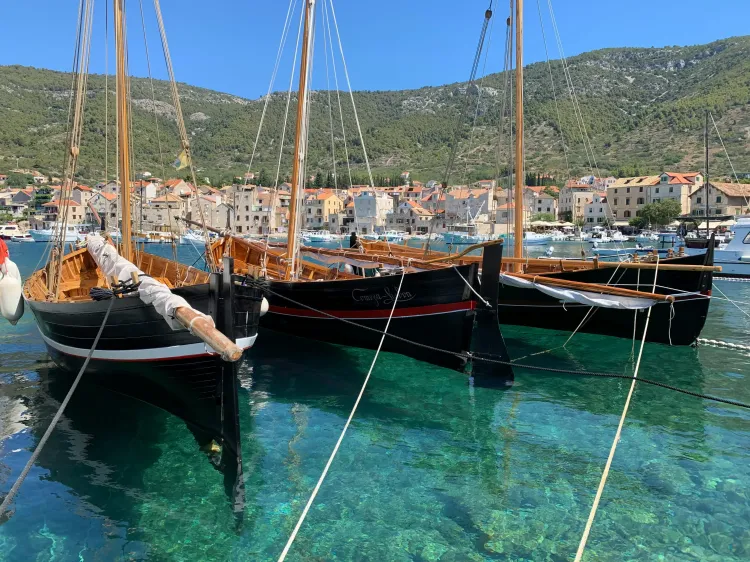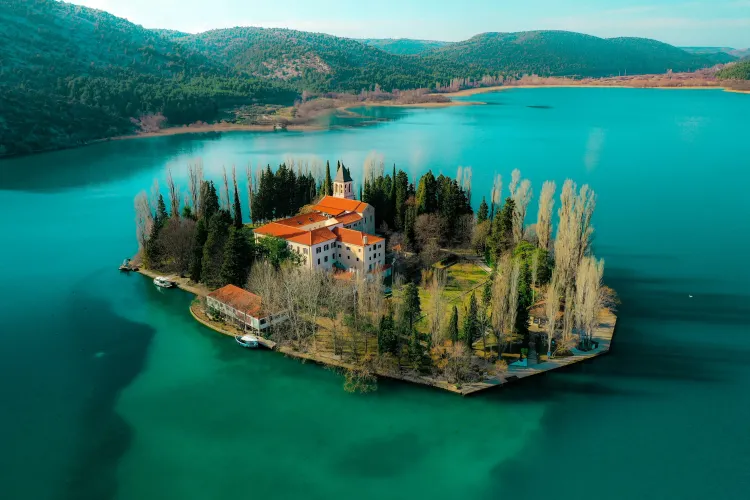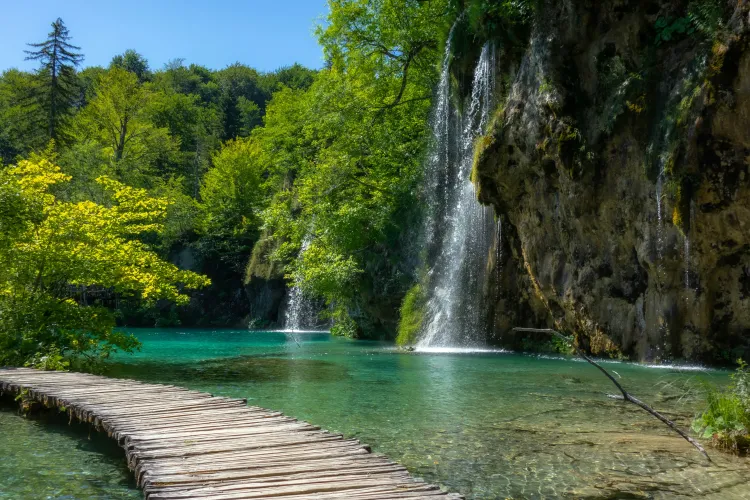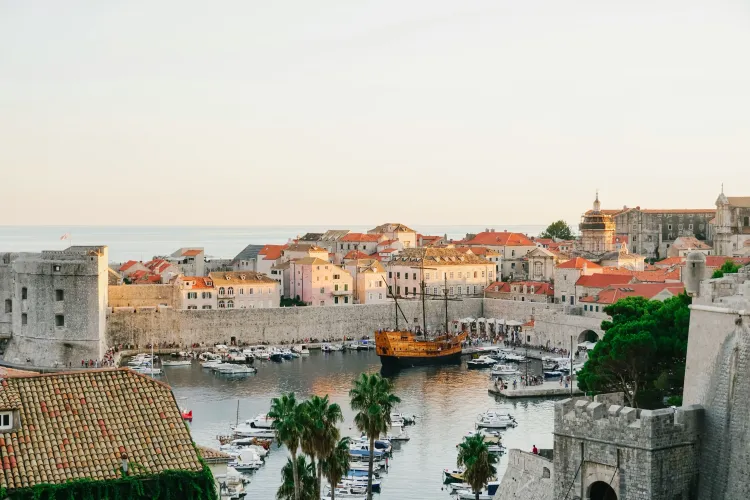When exploring Croatia’s historic city centers, dressing appropriately is the norm. Shoulders should be covered, bare thighs avoided, and hats removed when entering churches and sacred sites.
While the coastal vibe may feel relaxed, Split, Dubrovnik, and Hvar enforce strict rules against walking around in swimwear or shirtless in historic districts, with fines ranging from around 150 up to €600.
Swimwear is, of course, fine on the beach or by the pool. But Croatia’s historic centers aren’t extensions of the beach, so dressing smartly ensures you respect local customs while taking in Croatia’s centuries-old architecture and vibrant atmosphere. Croatia Tips: Safety
Traveling to Croatia alone as a solo female or with family? Safety in Croatia is one of the reasons the country has become such a popular travel destination. With low crime rates and a reputation for being welcoming to visitors, it’s consistently ranking highly on global safety indices. Violent crime is rare, and while petty theft, such as pickpocketing and purse snatching in crowded tourist areas like Dubrovnik’s Old Town, Split’s waterfront and Diocletian’s Palace, or transport hubs in Zagreb can occur, it’s still rare compared to other European hotspots. A few simple precautions, like keeping valuables secure, avoiding carrying too much cash, and staying alert in busy areas, go a long way. Here, some safety tips worth keeping in mind to ensure a worry-free trip.
General Safety & Crime
Scams are an occasional issue: tourists have reported overcharging at certain bars and nightclubs, taxi drivers refusing to use meters, or “ghost accommodation” scams on unreliable websites. Stick to reputable booking platforms, confirm prices in advance, and use official taxis or ride-sharing apps like Uber or Bolt.
Road & Transport Safety
Croatia’s roads and highways are generally well-maintained, but driving styles can be fast and aggressive. Rural and island roads may be narrow or poorly lit at night. Seatbelts are mandatory, and mobile phone use while driving is strictly prohibited. From November to April, headlights must remain on even during the day.
Health & Emergency Information
Croatia has good healthcare facilities in major cities, and the universal emergency number is 112. Tap water is safe to drink across the country, and many towns even have public fountains for refilling bottles.
Traveler Notes
LGBTIQ+ travelers should note that while homosexuality is legal and tolerated, Croatia remains relatively conservative. While Zagreb and Split have growing Pride events, discretion is advised in smaller towns.
Earthquakes & Wildfires
Croatia does experience occasional earthquakes, with two major ones in 2020 damaging buildings in Zagreb and Petrinja. While such events are rare, it’s good to know what to do in case of tremors and to follow local guidance. In summer, wildfires can also be a risk along the coast; so be sure to monitor local news and follow evacuation or safety instructions.
Unexploded Landmines
While major tourist areas are safe, some rural and inland regions (particularly parts of Eastern Slavonia, Lika, Karlovac, and the hinterlands of Northern Dalmatia) still contain unexploded landmines from the 1990s war. Watch for warning signs (a skull and crossbones) and avoid wandering off into unmarked countryside. Be sure to stick to well-traveled roads and marked paths always.
